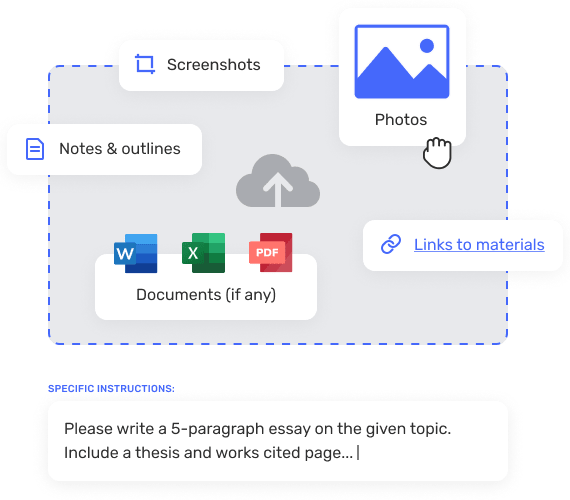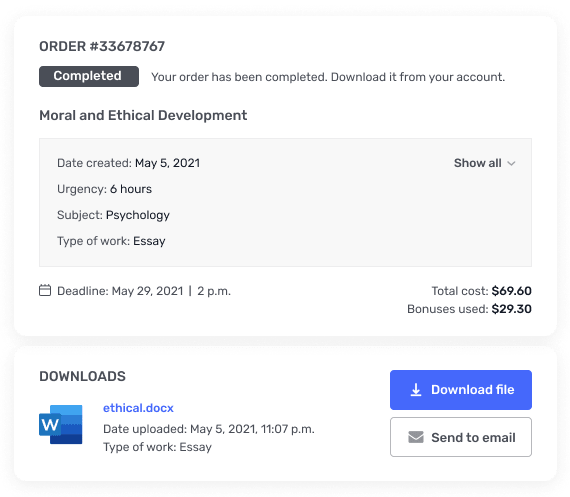ashworth college C16V Online Exam 5 latest 2015 october
Part 1 of 1 – 100.0
Points
Question 1 of 20
5.0 Points
The complete set of all products offered by a firm is called
its product assortment or:
A. product line.
B. product
categories.
C. product mix.
D. product line
depth.
Question 2 of 20
5.0 Points
A(n) __________ is one where there is a contractual
arrangement between firms allowing one to use its brand name for a fee.
A. franchise brand
B. oint venture
brand
C. shared brand
D. licensed brand
Question 3 of 20
5.0 Points
The basic reason manufacturers spend time and money building
their own brands is to:
A. create brand
awareness.
B. build brand
equity.
C. offset the power
of private label manufacturers.
D. create
positioning possibilities for their generic label lines.
Question 4 of 20
5.0 Points
Brand repositioning refers to a strategy in which marketing
changes a brand’s focus to target new customers or realign the brand with
changing perceptions. Another name for brand repositioning is:
A. strategic brand
alteration.
B. brand scaling.
C. rebranding.
D. brand tracking.
Question 5 of 20
5.0 Points
__________ have been introduced to help maintain freshness,
increase shelf life and offer consumers single doses or uses.
A. Convenience
packages
B. Quality assurance
packages
C. Customized
packages
D. Innovations in
packaging
Question 6 of 20
5.0 Points
Which of the following is NOT one of the four criteria used
for determining how “good” a brand is?
A. Brand awareness
B. Brand perceived
value
C. Brand
associations
D. Brand
conceptualization
Question 7 of 20
5.0 Points
__________ is the process by which ideas are transformed
into new products and services that will help firms grow.
A. Beta testing
B. Interviewing
C. Innovation
D. Reverse
engineering
Question 8 of 20
5.0 Points
One of the benefits to a firm of introducing
new-to-the-world products or services is:
A. cost savings.
B. late majority
marketing.
C. a greater market
share that can be held over an extended period of time.
D. the creation of
world-wide mass markets for new products.
Question 9 of 20
5.0 Points
The process by which the use of a new product or service
spreads throughout a market group is referred to as:
A. new product
introduction.
B. lead user
dispersion.
C. diffusion of
innovation.
D. test marketing
effectiveness.
Question 10 of 20
5.0 Points
The __________ diffusion of innovation group is crucial
because few new products can be profitable until this large group buys them.
A. early adopter
B. laggard
C. late majority
D. early majority
Question 11 of 20
5.0 Points
Pharmaceuticals, computer software, and chemical industries
tend to use __________ as a significant source of new product ideas.
A. scientific
brainstorming
B. reverse
engineering
C. commercial
research firms
D. R&D
departments
Question 12 of 20
5.0 Points
During the __________ stage of the product life cycle, sales
are low and profits are small or negative.
A. introduction
B. leveling
C. maturity
D. decline
Question 13 of 20
5.0 Points
Atari produced one of the most successful early game machines.
Now, Atari has a small group of loyal customers. Atari’s game system is in the
__________ stage of the product life cycle.
A. introduction
B. leveling
C. maturity
D. decline
Question 14 of 20
5.0 Points
When marketers state services are __________, they are
referring to the fact that services are produced and consumed at the same time.
A. intangible
B. inseparable
C. variable
D. perishable
Question 15 of 20
5.0 Points
The old restaurant saying “You are only as good as the
last meal served” reflects on the fact that services are:
A. intangible.
B. inseparable.
C. variable.
D. viable.
Question 16 of 20
5.0 Points
A(n) __________ gap reflects the difference between
customers’ expectations and the firm’s perception of those customer
expectations.
A. communication
B. knowledge
C. standards
D. delivery
Question 17 of 20
5.0 Points
To meet or exceed customers’ expectations, marketers must:
A. know where
customers live.
B. know how often
consumers buy their product.
C. determine what
the expectations are.
D. recognize
expectations are a tangible product.
Question 18 of 20
5.0 Points
Technology and __________ are two ways a delivery gap can be
reduced.
A. empowering
employees
B. variability
analysis
C. procedural
fairness
D. the use of
standard operating procedures
Question 19 of 20
5.0 Points
Although firms, such as restaurants, have difficulty
controlling service quality from day to day, they do have control over:
A. how they
communicate the services they promise.
B. the price of
ingredients.
C. the attitudes of
customers.
D. the relative
service advantages they provide as compared to their competitors.
Question 20 of 20
5.0 Points
To resolve service failure problems quickly, firms need:
A. to minimize
intangibles and reduce the standards gap.
B. to promote the
inseparability factor associated with the nature of services.
C. pricing
strategies that facilitate conflict resolution.
D. clear policies,
and trained and empowered employees.




